Both are birthstones of December. (It depends on which tradition you’re following!) They span a surprising range of colors you can pick from to brighten someone’s short solstice days!
Chrysoprase,
a.k.a. Australian jade, has long been associated with magical powers, from invisibility to being able to understand lizards, not to mention generally balancing one’s mental
and emotional state. It comes in colors from shampoo-green to tan-veined to lemony. The latter (lemon chrysoprase) is by far the most often available from Rings & Things.
You can find this stone in a variety of pleasing bead shapes, from puffed coins…
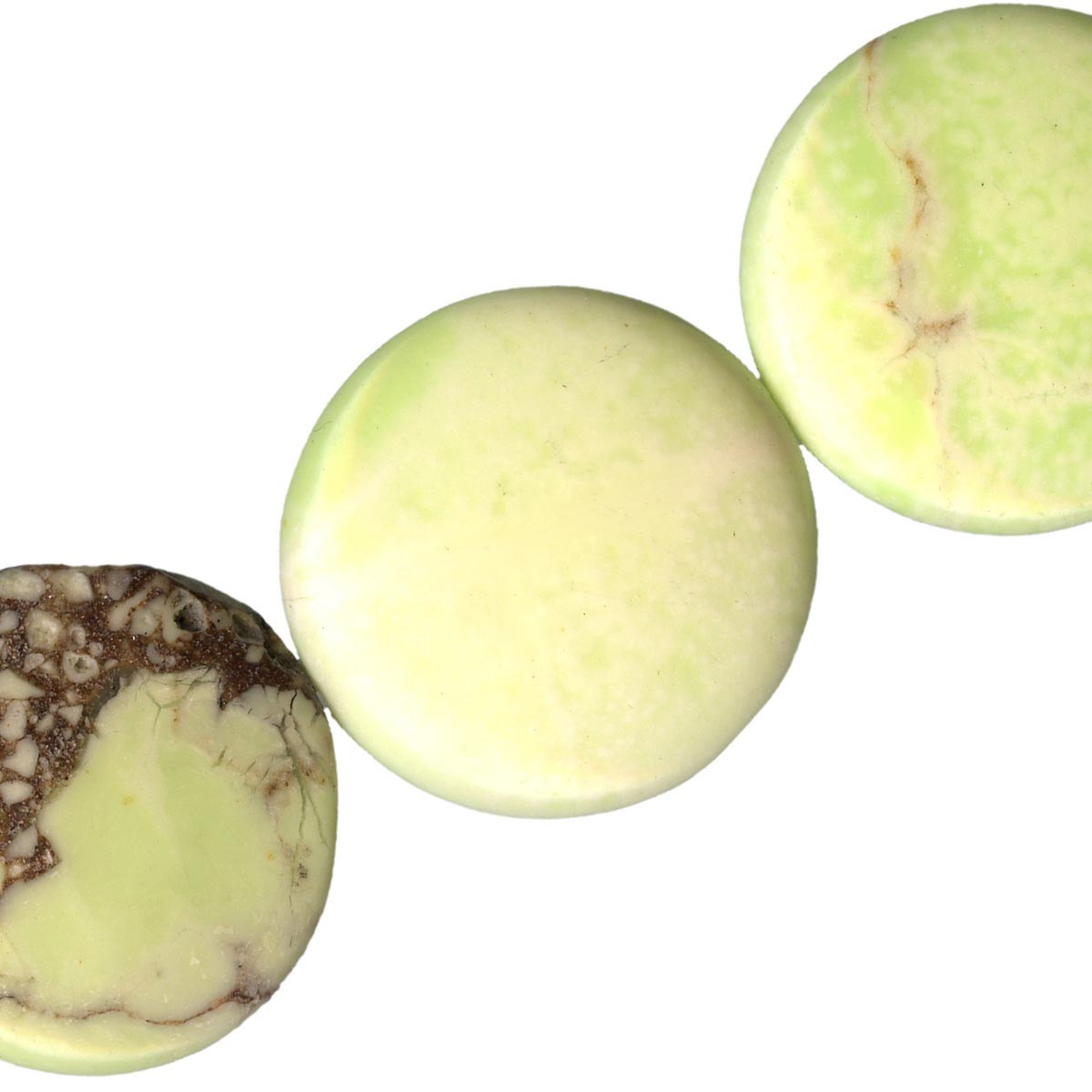
to various sizes of rounds…

and faceted bicones…
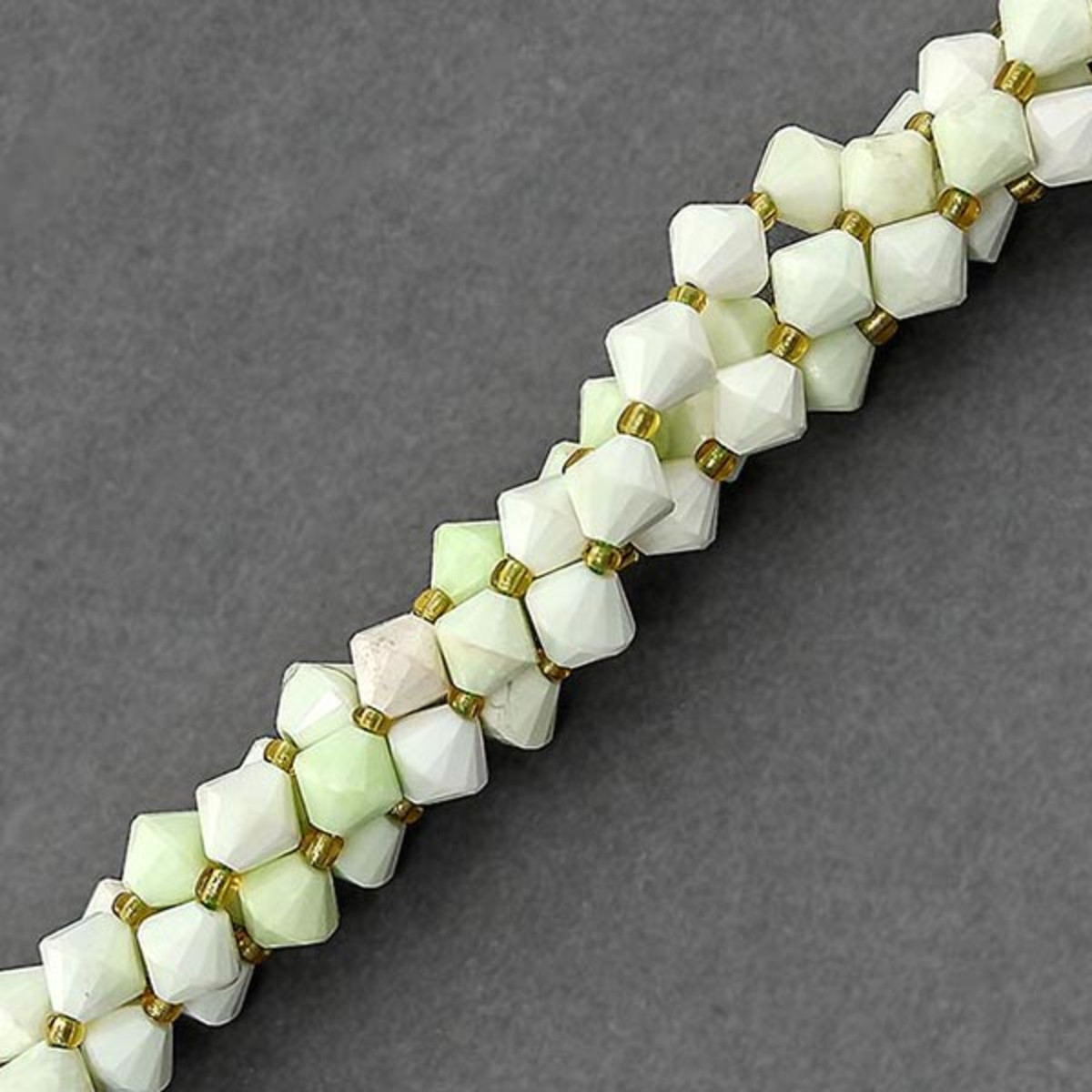
and faceted rondelles!
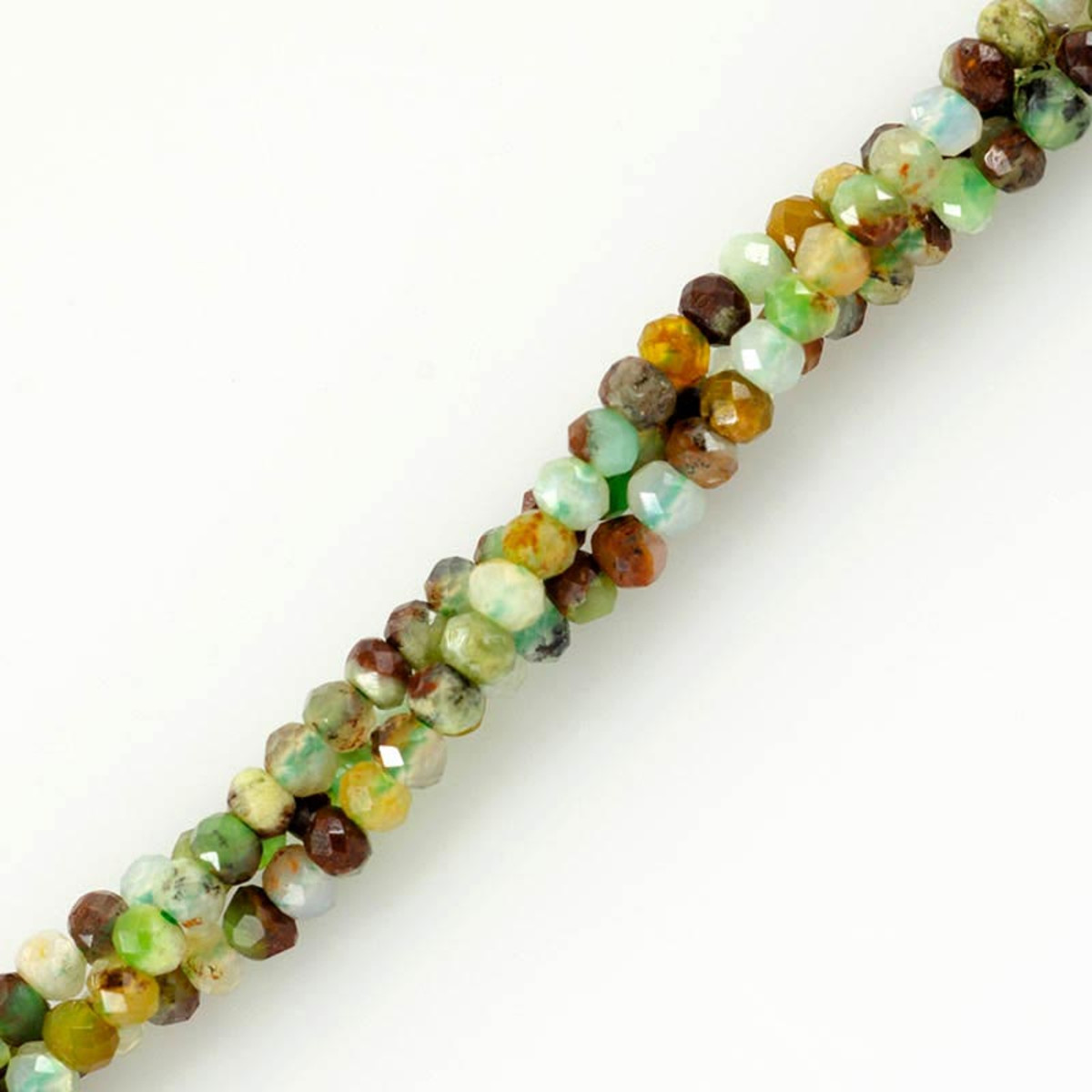
Turquoise needs very little introduction.
Here at Rings & Things, we carry several
types of turquoise at reasonable prices.
Let’s just take a short tour through a few of these varieties. There are Hubei turquoise round gemstone beads…
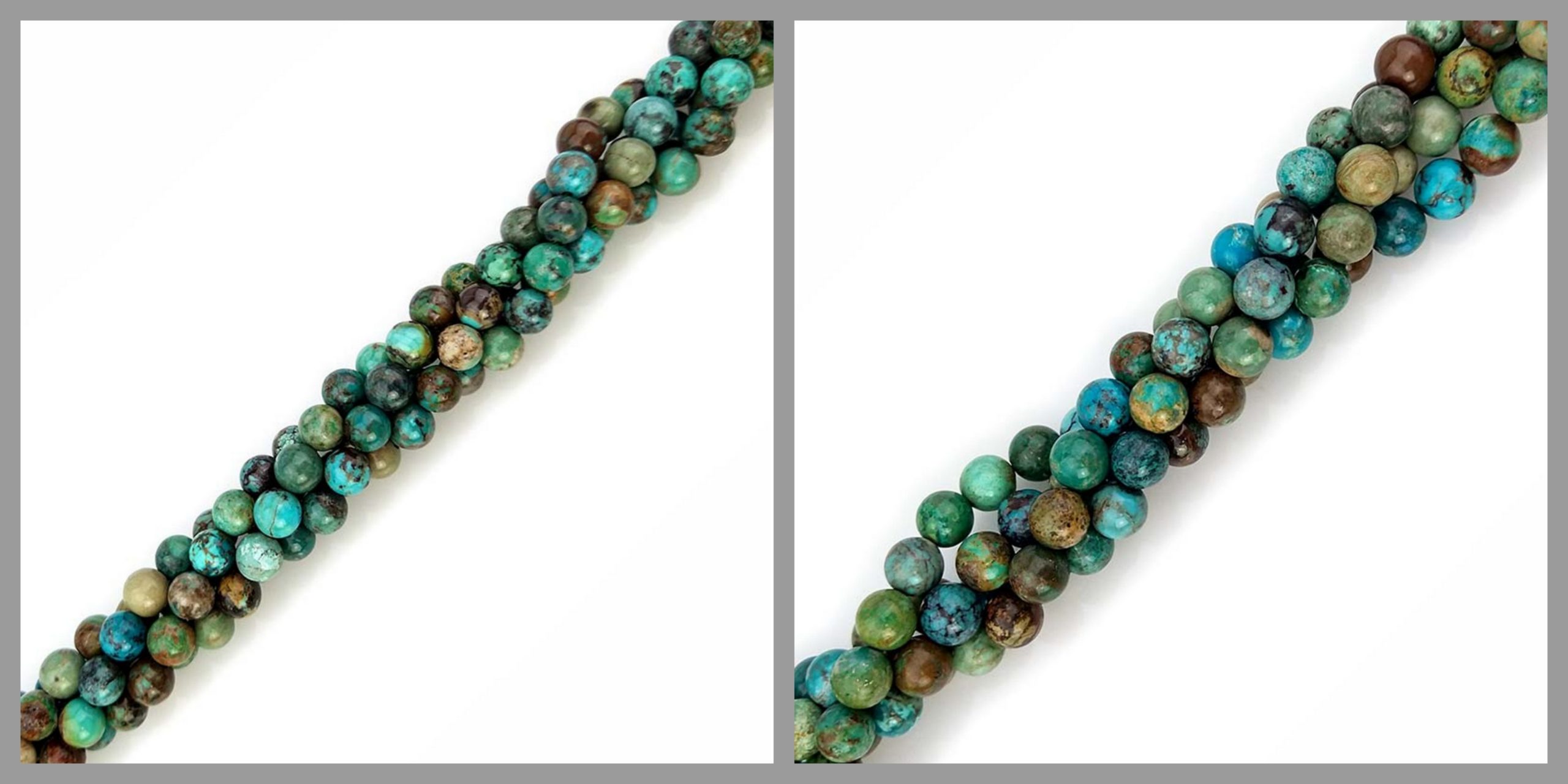
and Chinese turquoise rounds...

and Chinese turquoise graduated heishi beads…

and Chinese turquoise faceted 9x9mm drop beads!

Rings & Things also sells some turquoise substitutes like African turquoise and dyed turquoise magnesite. Even though these stones aren’t genuine turquoise, they can still be a beautiful addition to a jewelry project and at a fraction of the price.
African Turquoise is a descriptive name and is not true turquoise, but actually, a jasper found in Africa. These semiprecious beads have a matrix structure similar to that of turquoise and are light bluish-green in color. The matrix in African turquoise is usually dark or black African turquoise is available in round beads…

and heishi beads…

and faceted bicone beads!
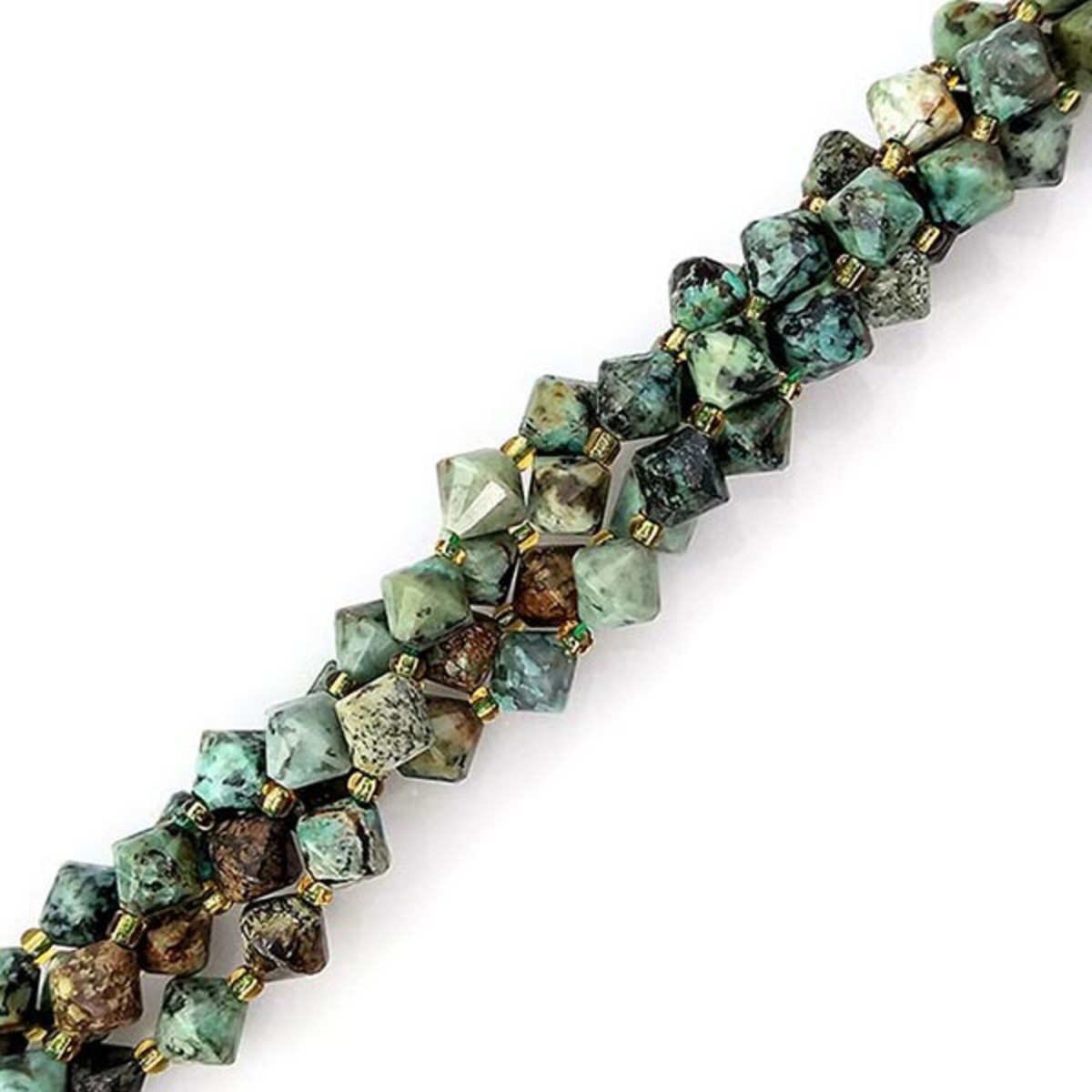
Look to Turquoise Magnesite for affordable semi-precious beads. Magnesite has the same crystal structure as calcite. Its typically white color, porous composition, and low luster make this gemstone a good candidate for enhancement. Most magnesite on the market (including ours) is dyed and stabilized, and some of the more unusual shapes are most likely molded from a resin and magnesite mixture. Available in rounds…

and gemstone spikes or points…
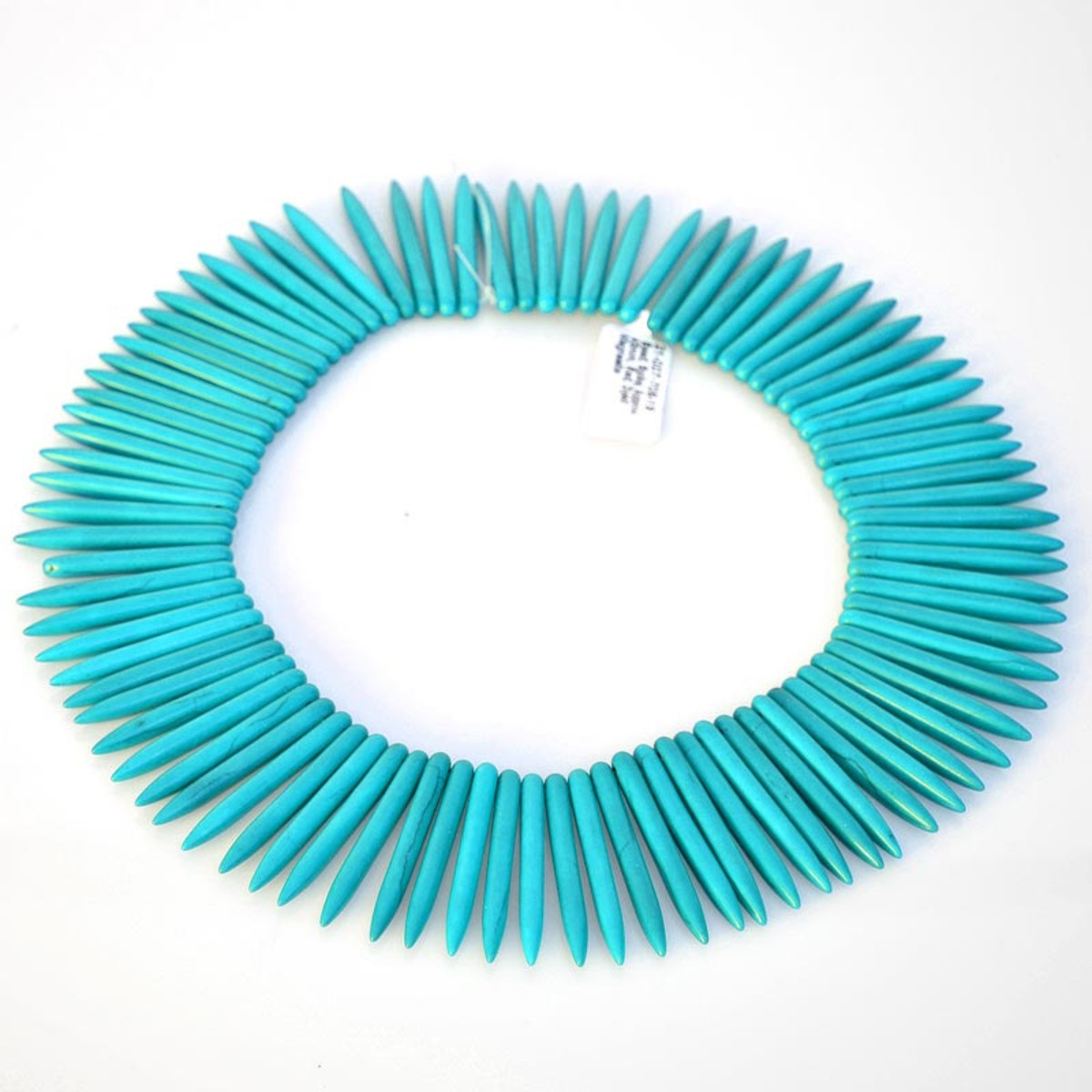
and nugget beads…
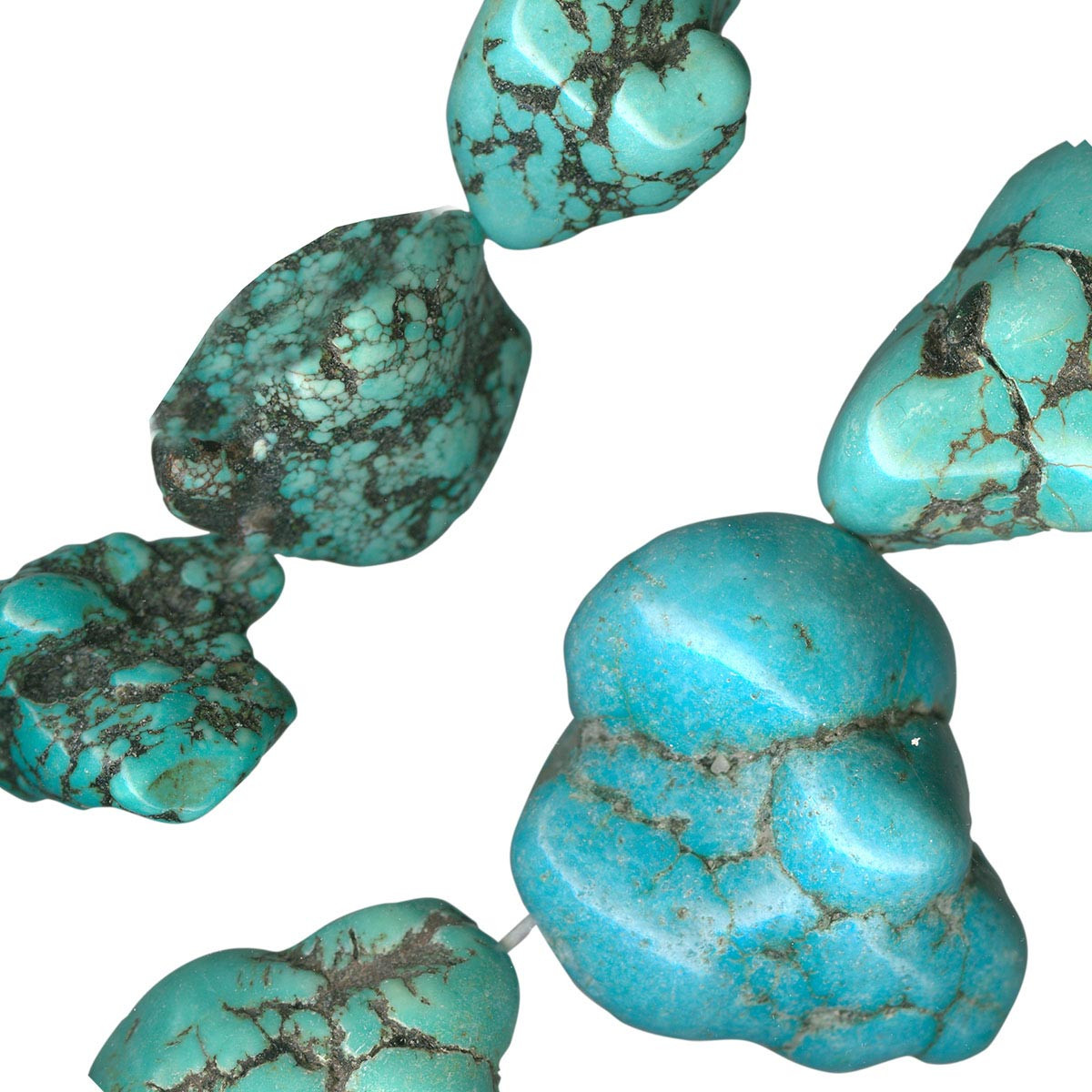
and even skull-shaped beads!

P.S.: we don’t carry much ruby or
sapphire, two other traditional
December birthstones, but here’s a tip. Go to our store (the “Our Products”
section of our site), and search for either of these stone names, ruby or sapphire. You’ll be brought to a selection of beads and supplies that aren’t made of gemstone, but that match these colors.
Warning: Some of these hues complement each other very nicely.
You might find yourself inspired to combine the various December birthstones into a single design!
Thanks once again to Bruce G. Knuth for his great book “Jeweler’s Resource: A Reference of Gems, Metals, Formulas and Terminology for Jewelers”, which provided some of the information above.
Check it out, it’s a staff favorite at Rings & Things!

On a completely unrelated note, I can’t resist slipping in this impromptu Christmas tree put together by one of our staff on a coffee break. Hope you enjoy the lighthearted use of
Rings & Things stock! (Can you spot each item?)
Happy holidays!


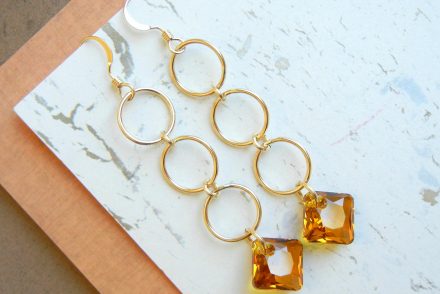
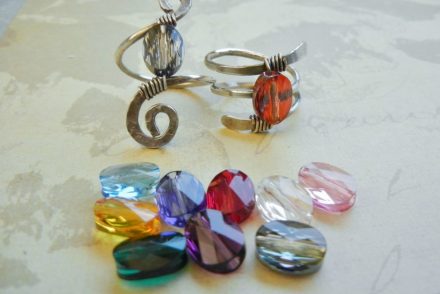
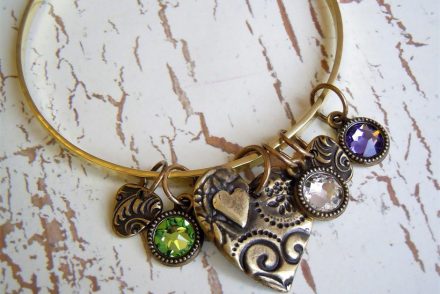
No Comments